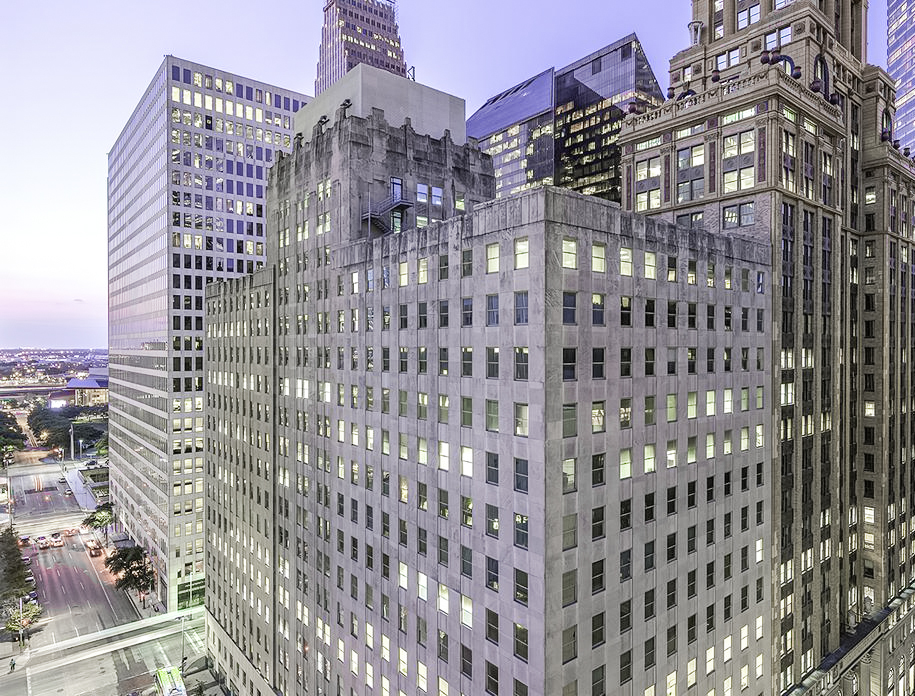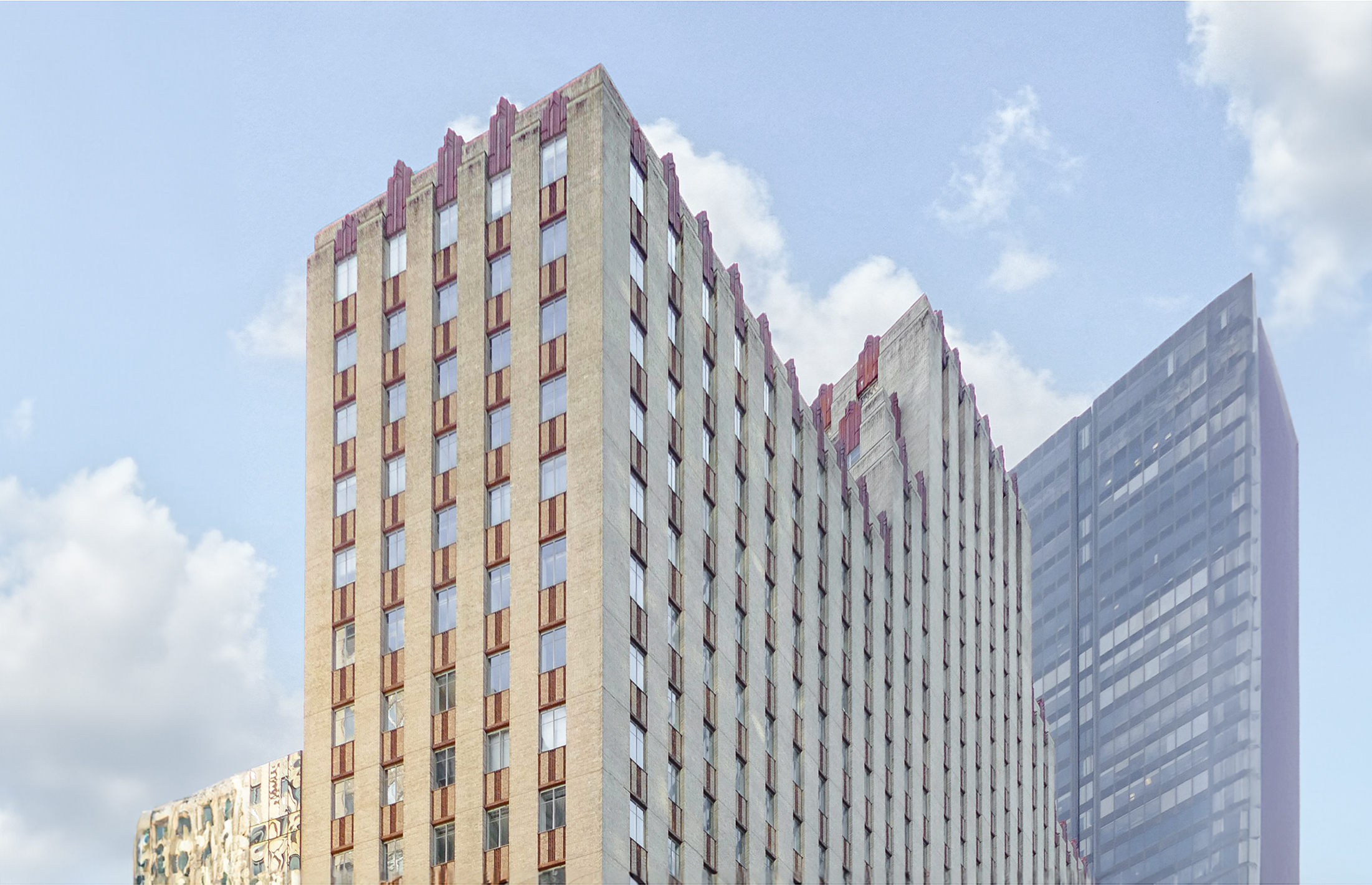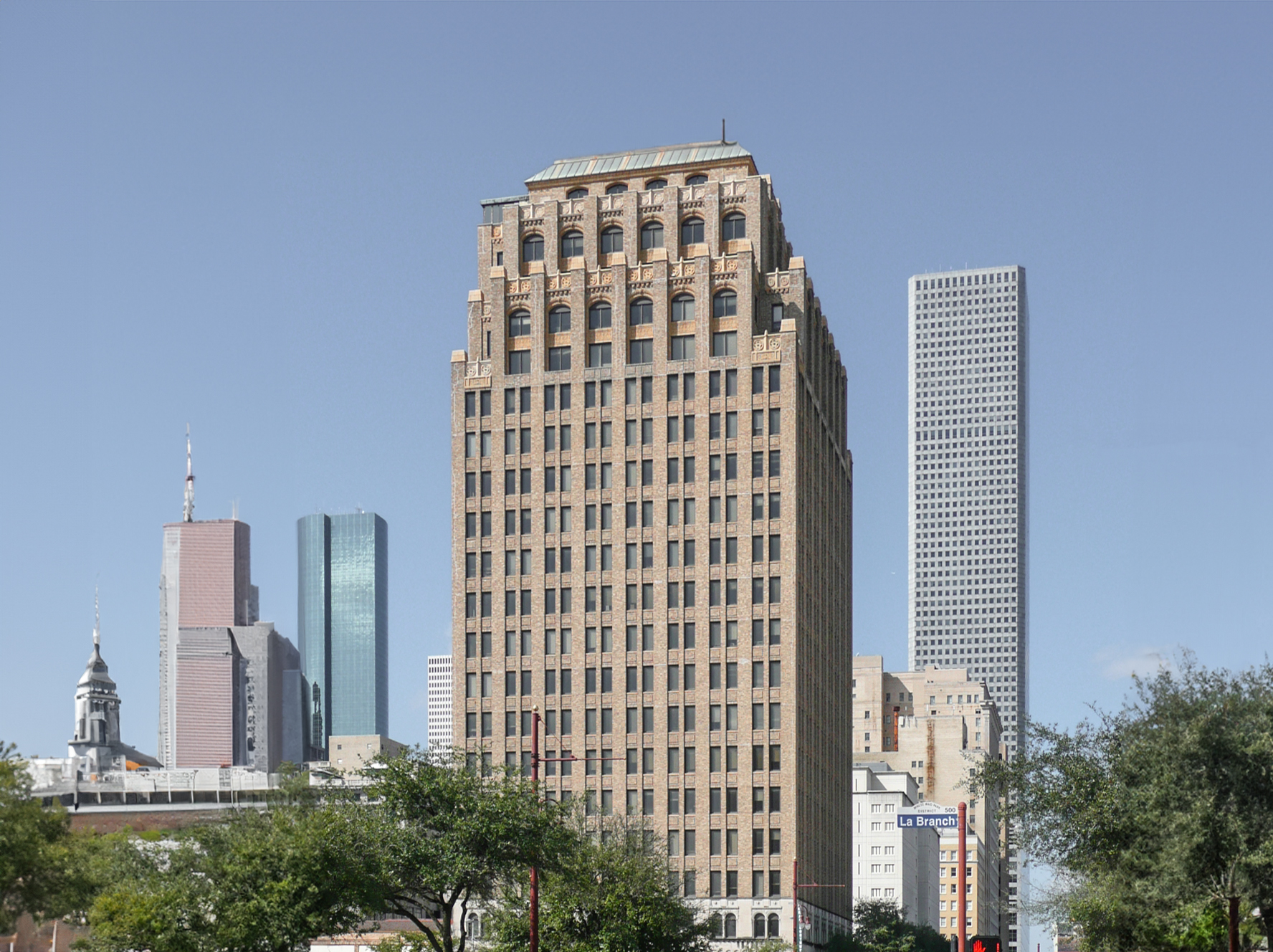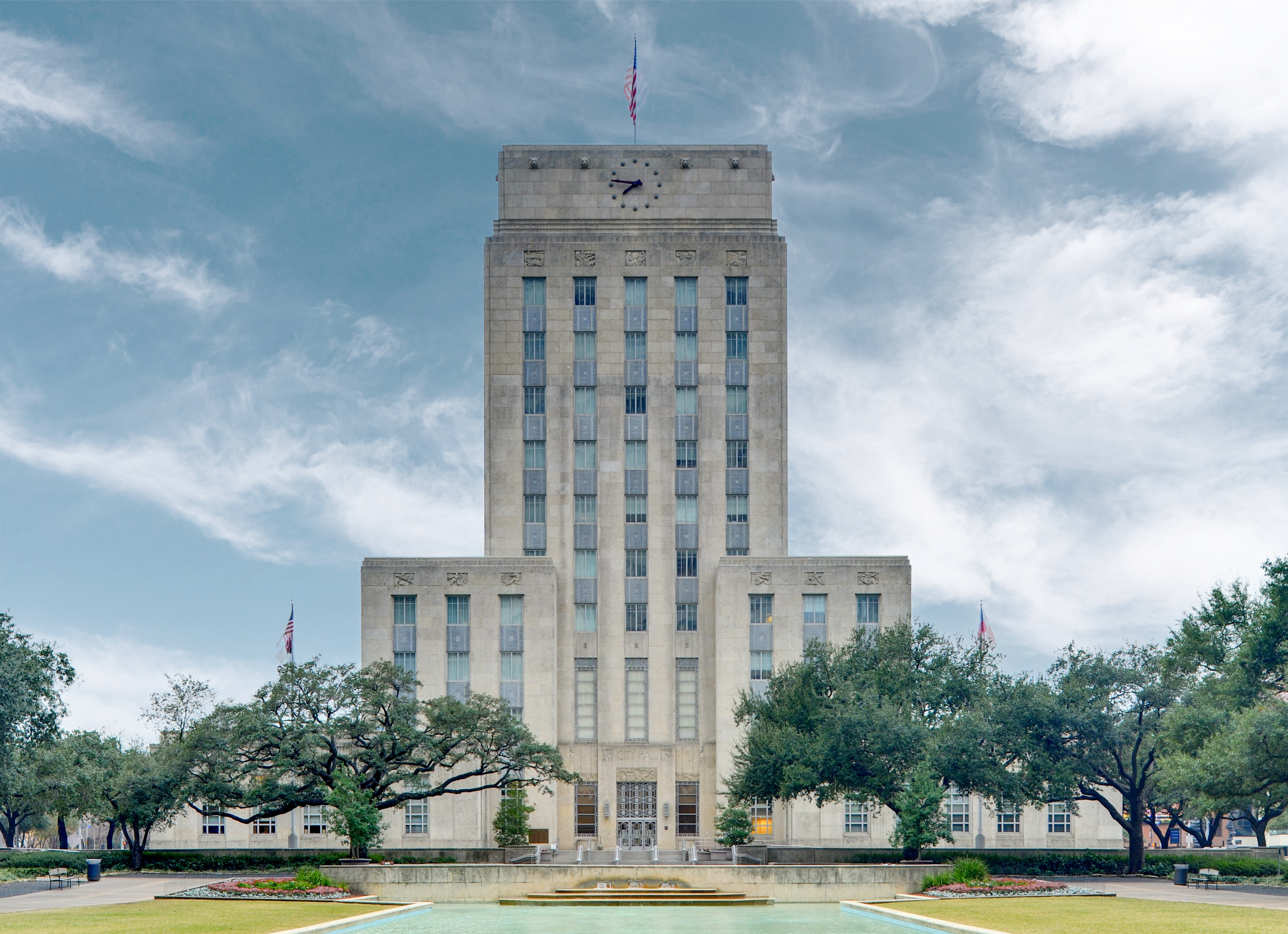The Mellie Esperson Building is an Art-deco skyscraper designed by John Eberson, and built between 1939 and 1941 in Houston, TX.
Mellie Esperson Building is not the only name you might know this building by though. The building is, or has also been known as Niels and Mellie Esperson Buildings.
Its precise street address is 815 Walker Street, Houston, TX. You can also find it on the map here.
At the time of its completion in 1941 the Mellie Esperson Building incorporated solutions that were quite advanced at the time, these included being the first skyscraper in Houston to be built with central air-conditioning.
The building underwent a major restoration in 2022.






